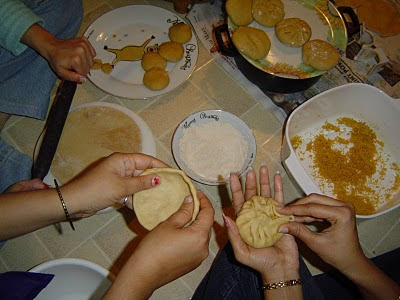As advertising on devices increasing becomes content and location based, along with 'augmented reality' becoming a reality , adding the 'mood' can lead to the next level of advertising.
Imagine my phone detects I am 'sad' or 'happy' or 'confused' based on my speech pattern, body temperature or heart beat and display ads which are mood sensitive for the already captured location and content.
Below is an example scenario:
Deepti is research student, who spends her evenings working by the river shore

She receives a phone call saying her research work on Pre-Columbian art in Peru will be funded.

The phone immediately detects she is excited and happy, and displays messages asking her to celebrate. It shows options where she can celebrate based on her location.

While advertising based on user's mood, we should also ensure it is very subtle and not intrusive.
Mood sensitive interfaces can have other uses apart from advertising. It can be used for medical purposes or for children with special needs.










